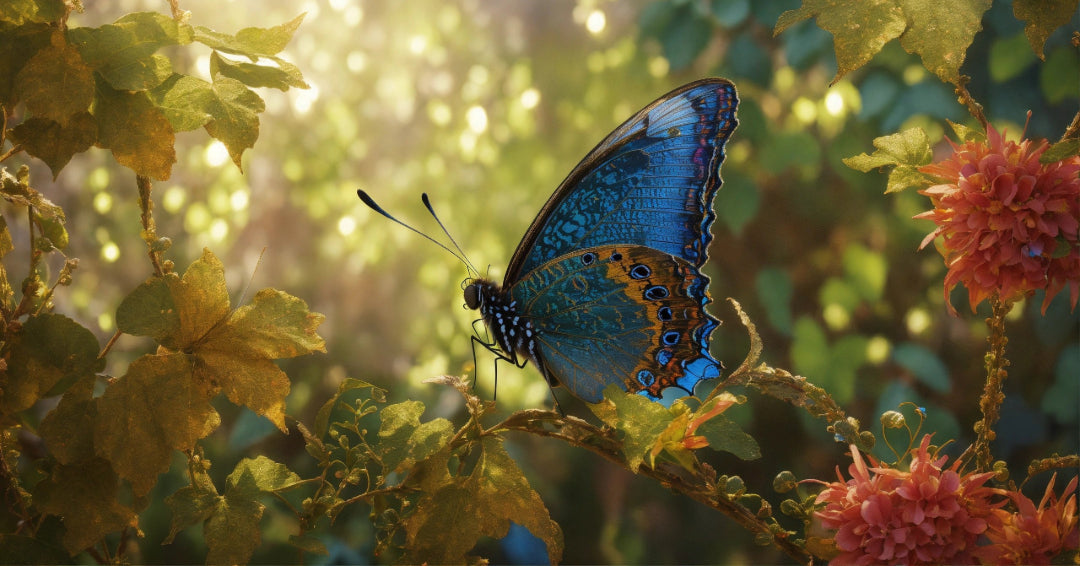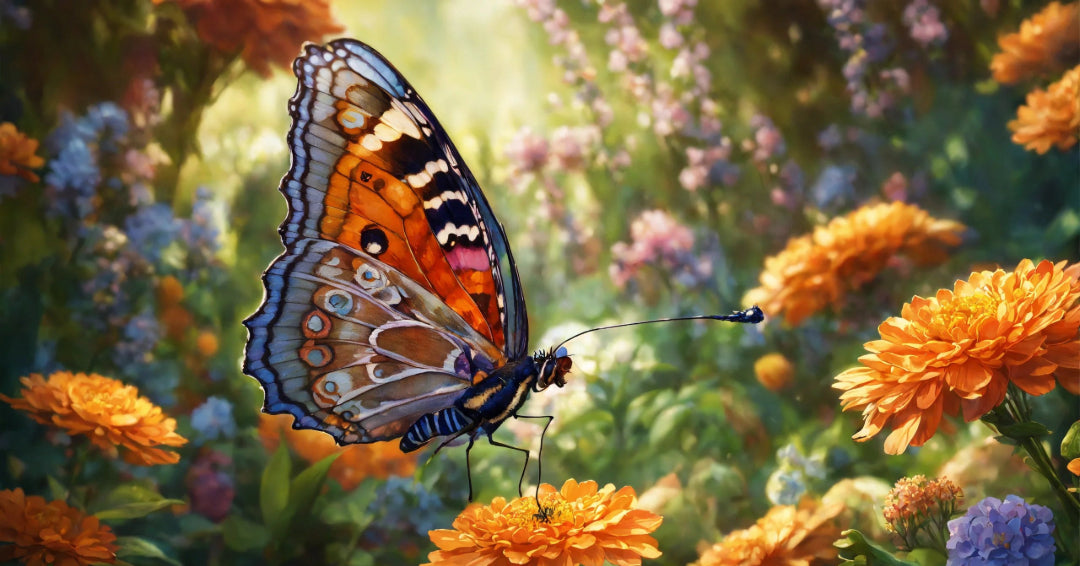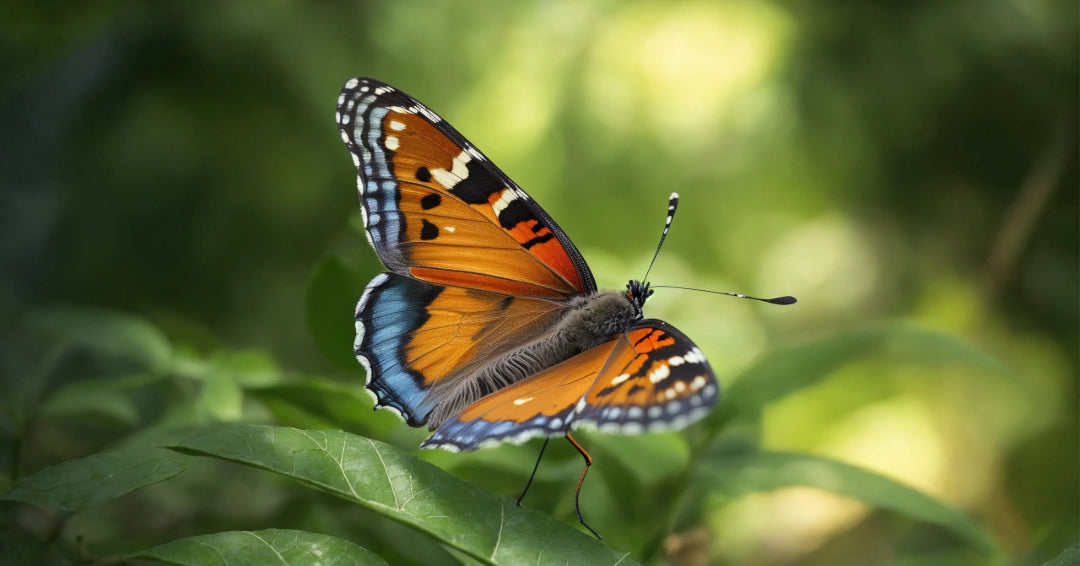
Where do butterflies sleep?
While we may readily admire them during the day as they flutter from flower to flower in search of nectar. But the question is : where do butterflies sleep ? This topic delves into the enthralling world of butterfly slumber and nocturnal homes.
1- Where butterflies sleep plays a crucial role in their life cycle
Before delving into butterflies' sleeping habits, it's crucial to first grasp their life cycle. Butterflies go through several stages, from egg to caterpillar, chrysalis to adult. They spend their adult lives hunting for food, finding a spouse for reproduction, and, of course, relaxing.
Sleep is critical in the lives of butterflies because it allows them to recuperate and refuel. However, their sleep differs considerably from that of mammals.
2- Where do butterflies sleep at night?
When it gets dark, butterflies seek refuge to rest and avoid predators at night. The species' preference for nocturnal shelters varies, however below are some frequent examples of sites where butterflies can sleep:
2-1 Butterflies sleep on leaves and plants
Many butterflies like to sleep at night on leaves or plants. Their unobtrusive colors and immobile demeanor allow them to go unnoticed.
2-2 Butterflies sleep under tree bark
For protection, some butterflies hide beneath tree bark. This natural cover protects them from predators and the elements.
2-3 Butterflies sleep inside closed flowers
Some moths prefer to hide inside closed flowers, where they are safe from prying eyes.
2-4 Butterflies sleep under leaves
Butterflies can also hide behind leaves and rest in the darkness.
2-5 Butterflies sleep in tree hollows
Tree hollows provide a secure haven for many butterflies, shielding them from the elements and predators.
2-6 Butterflies sleep in other natural crevices
Butterflies can conceal themselves in natural cracks or other shelters found in their habitat.

3- Butterfly sleep mechanisms could affect where they lie
Butterflies and mammals sleep in very different ways. Butterflies are cold-blooded (ectotherms), which means their body temperature does not remain constant. Their metabolism slows down and they become less active at night.
Butterflies frequently sleep in a manner more akin to a resting state than to mammals' deep slumber. Their nocturnal activities are restricted, and they remain motionless in general. They may, however, react to possible hazards even when sleeping.

4- Where butterflies sleep varies by species
The sleeping habits of butterflies can differ greatly between species. Some butterflies are active at night, while others are active during the day. Nocturnal butterflies, sometimes known as moths, are more likely to be active at night and conceal during the day.
Diurnal butterflies, on the other hand, prefer to spend the night resting on plants or other surfaces. Migratory butterfly species, such as the Monarch, can travel large distances at night and seek for short resting spots.

5- Environmental aspects Influencing where butterflies sleep
Butterfly sleeping behavior is influenced by a variety of environmental influences. Weather, temperature, humidity, and light all play important roles. Butterflies respond to changes in these characteristics by changing their behavior.
When it rains or gets cold, many butterflies seek for more sheltered areas to avoid getting wet or being exposed to unfavorable temperatures. The moon's brightness can also influence their activity, as a full moon night provides better visibility for moving around and obtaining food.

6- Butterfly Sleep and Scientific Research
The sleeping behavior of butterflies is an interesting field of study for scientists. It offers an insight into the evolutionary adaptations that enable butterflies to survive in their environment.
Scientific research into butterfly sleep has revealed some surprising mechanisms, including the ability of certain butterflies to slow down their metabolism during the sleep period. These discoveries have implications for understanding sleep in other species.
7- Conservation of Butterflies and their Sleeping Habitats
The preservation of butterflies and their sleeping habitats is essential to ensure the survival of these fragile creatures. The loss of natural habitats due to urbanization, deforestation and other human activities can endanger many butterfly species.
Conservation measures to protect butterfly sleeping habitats, as well as the host plants essential to their life cycle, are crucial to their long-term survival. Conservation efforts help maintain the diversity of butterfly species and preserve their beauty for future generations. By understanding where butterflies sleep and how they rest, we can help protect them and preserve their fragile splendor.


